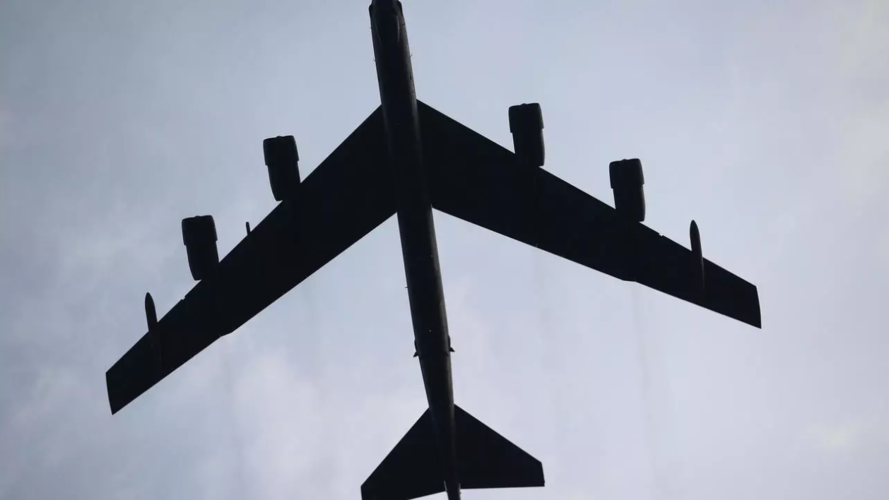Could 3d printing save the last of the B-1's?
Looks to me like a most cost-effective method to keep them flying for some time...
You strip one to the bone, 3d-scan every part and send it to the printer. ( No doubt big areospace companies have this in-house already)
The B-52 seems to be the most logical choice, everything else seems to be doomed to be stuck in development hell forever...
Looks to me like a most cost-effective method to keep them flying for some time...
You strip one to the bone, 3d-scan every part and send it to the printer. ( No doubt big areospace companies have this in-house already)
The B-52 seems to be the most logical choice, everything else seems to be doomed to be stuck in development hell forever...








